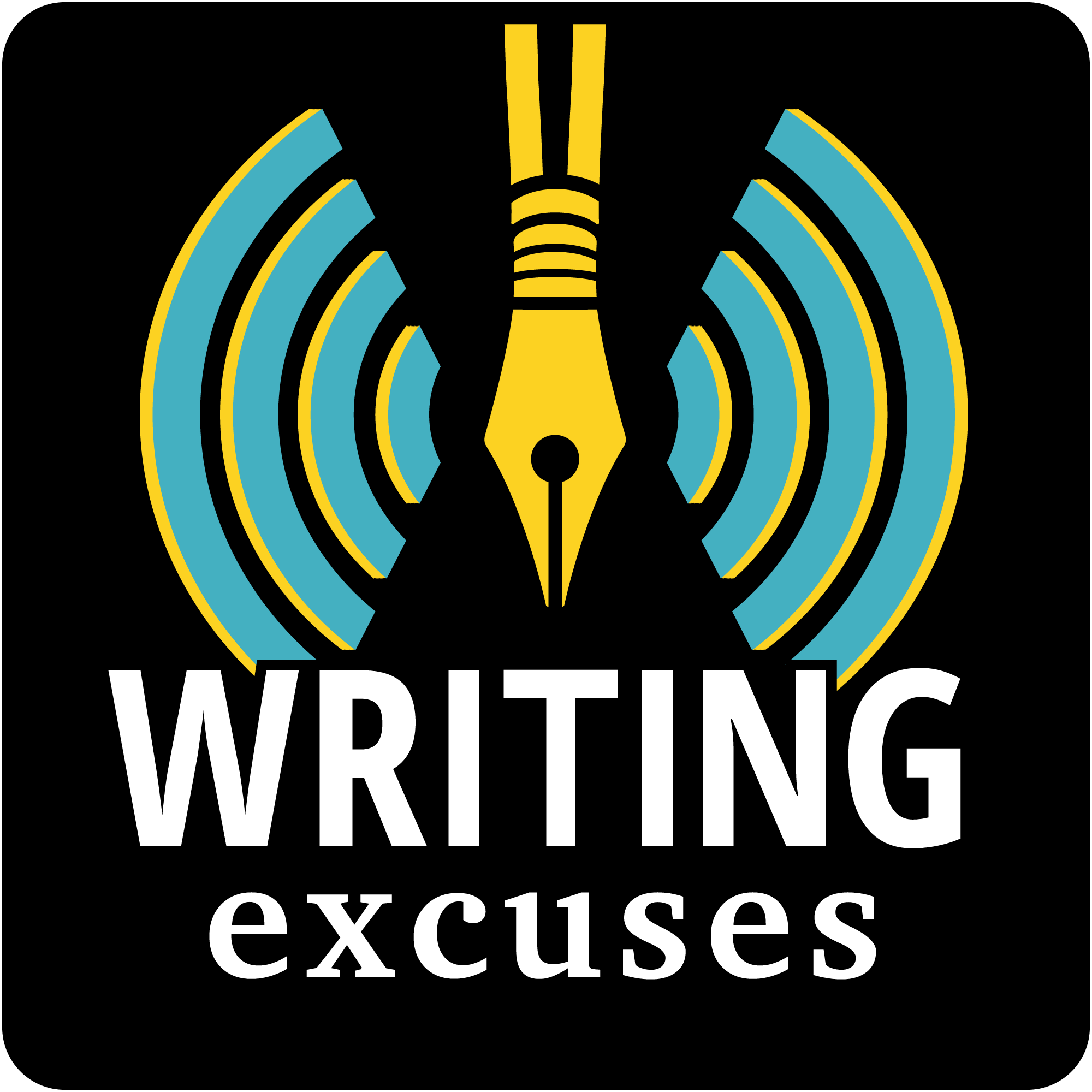Your Hosts: Mary Robinette, C.L. Polk, Fran Wilde, and Howard Tayler Let’s put a stake in the ground here: disabilities do not grant magical powers. And yet that exact trope can be found in multiple genres, across multiple mediums. In this episode we talk about why this happens, and how we might…
Fifteen minutes long, because you're in a hurry, and we're not that smart.

